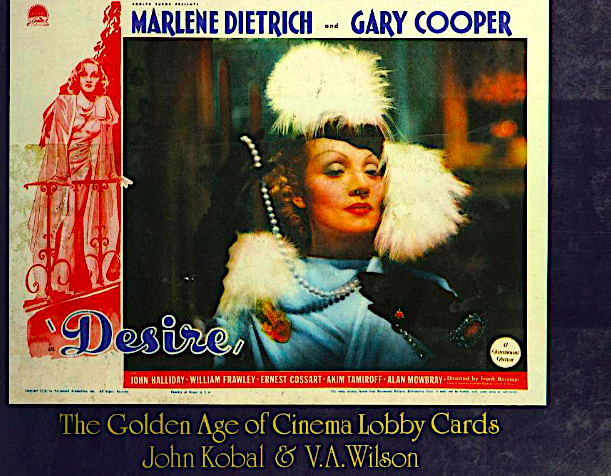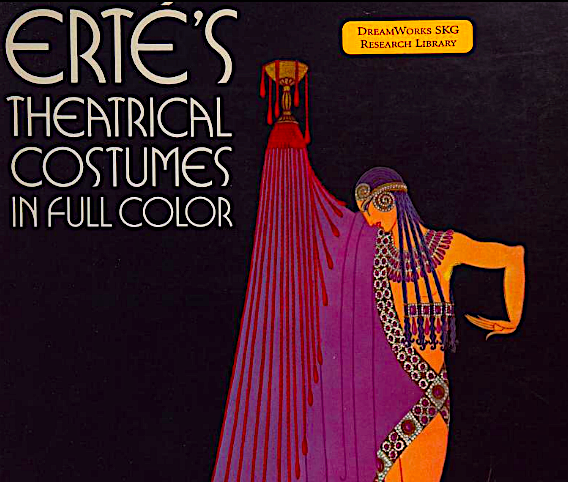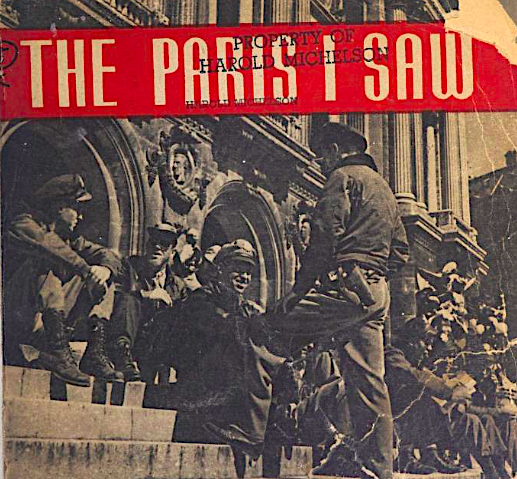Hollywood film scores have become blandly formulaic, thanks to filmmakers’ over-reliance on the same kinds of “temp music” during the editing process, a practice that can lead to a boilerplate approach at the scoring stage. But the use of temporary music is nothing new. Stanley Kubrick left the temp score for 2001: A Space Odyssey as the film’s official soundtrack, opting for Richard Strauss’s Also Sprach Zarathustra for the iconic opening sequence over the score composed by Alex North.
While composers may now stick too closely to temp music, North strayed too far, Kubrick complained, writing a score “which could not have been more alien to the music we had listened to.” Another composer, Wendy Carlos, scored two of Kubrick’s films—The Shining and A Clockwork Orange. In both cases, her original music was mostly cut in favor of classical recordings. Kubrick described his attitude in an interview with Michael Ciment: “Why use music which is less good when there is such a multitude of great orchestral music available from the past and from our own time?”
Few have argued with the results of Kubrick’s ruthless approach, though Carlos refused to work with him again. Maybe Kubrick’s films would have been equally well-received with different music, who can say? But if the director found North’s score “alien,” consider what he must have thought when he heard Mike Kaplan’s lyrical interpretation of his sci-fi epic, “2001: A Garden of Personal Mirrors.” Weird doesn’t really begin to describe it, and it’s odder still given that Kubrick himself commissioned the song. After rejecting another songwriter’s demo at MGM’s offices, he supposedly turned to Kaplan, then a young publicist, and said, “I hear you write music. Why don’t you write something?”
There’s no indication that Kubrick had “MacArthur Park” in mind as inspiration, but Kaplan chose to “emulate the success of the quirky hit,” writes Vanessa Thorpe at The Guardian. After 52 years, Kaplan’s song has finally been released, “thanks to a small British record label.” Thorpe quotes Observer film critic Mark Kermode, who played the song on his radio show: “Audience reaction was utterly polarized, but I have the suspicion it will become a cult favorite. It is very ear-wormy.” It was supposed to be, anyway, as a single to promote the film to confused audiences.
When Kaplan played the version above with folk singer Naomi Gardner for Kubrick, Thorpe writes, he got a very different response: “Although the great director liked the title, he said he could not imagine it becoming a hit. The two friends never discussed the song again, although they continued to work together closely on A Clockwork Orange.” Kaplan didn’t take the rejection personally, but he’s pleased it has finally emerged for the public to hear. “I know it doesn’t sound like anything else,” he says. It certainly doesn’t sound remotely like any of the music in 2001.
Kubrick may not have cared for “2001: A Garden of Personal Mirrors,” but it does, in its way, capture the spirit of a film Kaplan calls “a metaphysical drama encompassing evolution, reincarnation, the beauty of space, the terror of science and the mystery of mankind,” a film that “required critics and audiences to surrender to its unique rhythms.”
via MetaFilter
Related Content:
Watch the Opening of Kubrick’s 2001: A Space Odyssey with the Original, Unused Score
The Classical Music in Stanley Kubrick’s Films: Listen to a Free, 4 Hour Playlist
Pink Floyd’s “Echoes” Provides a Soundtrack for the Final Scene of Kubrick’s 2001: A Space Odyssey
Josh Jones is a writer and musician based in Durham, NC. Follow him at @jdmagness





